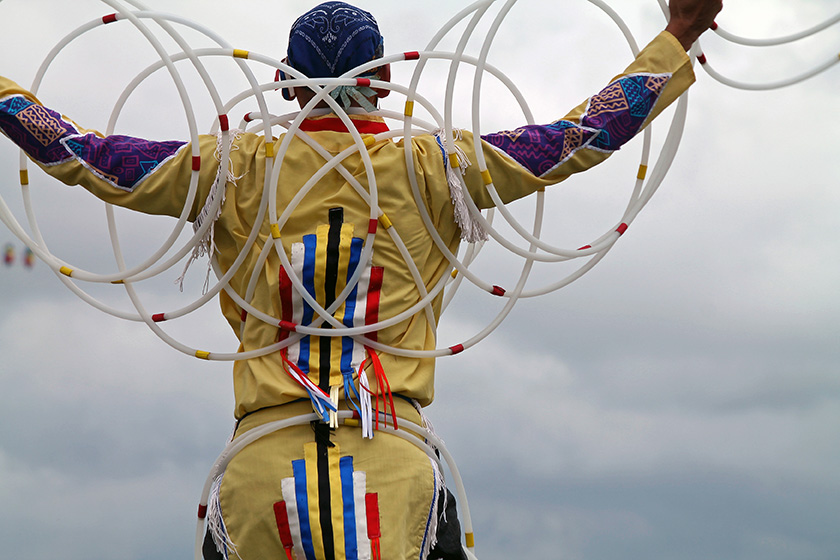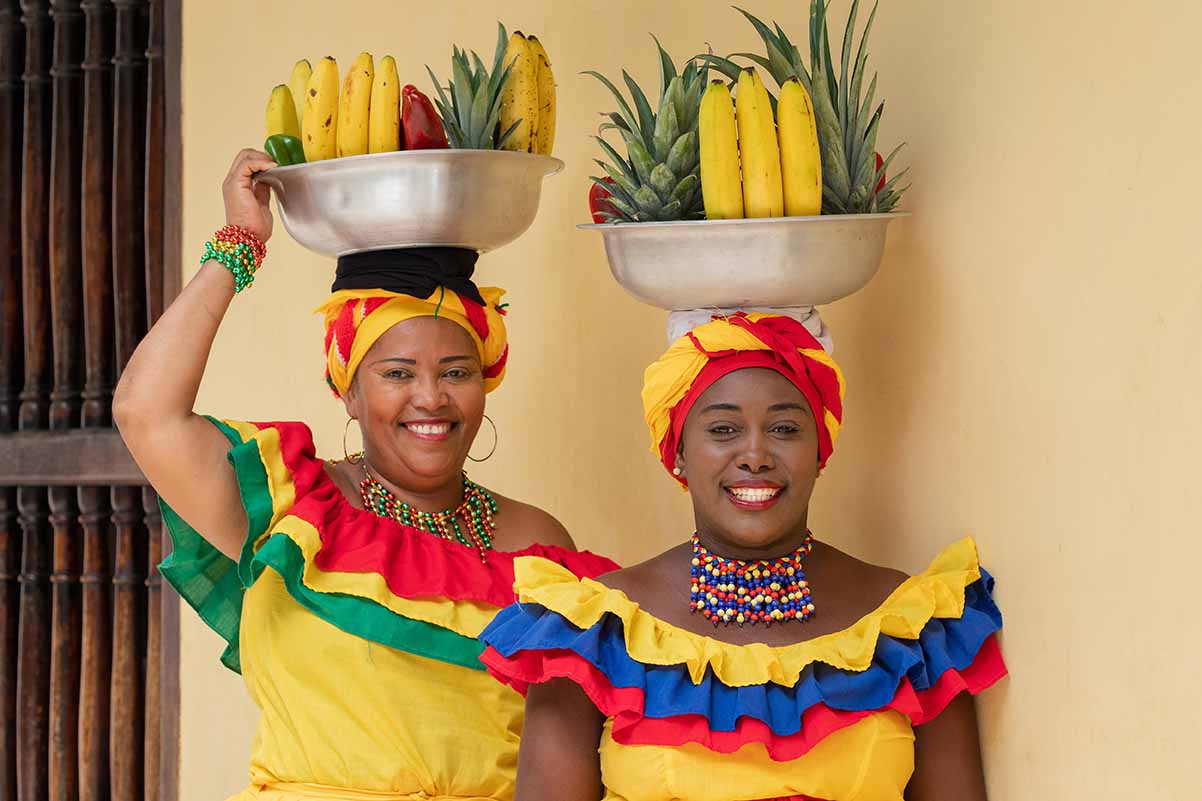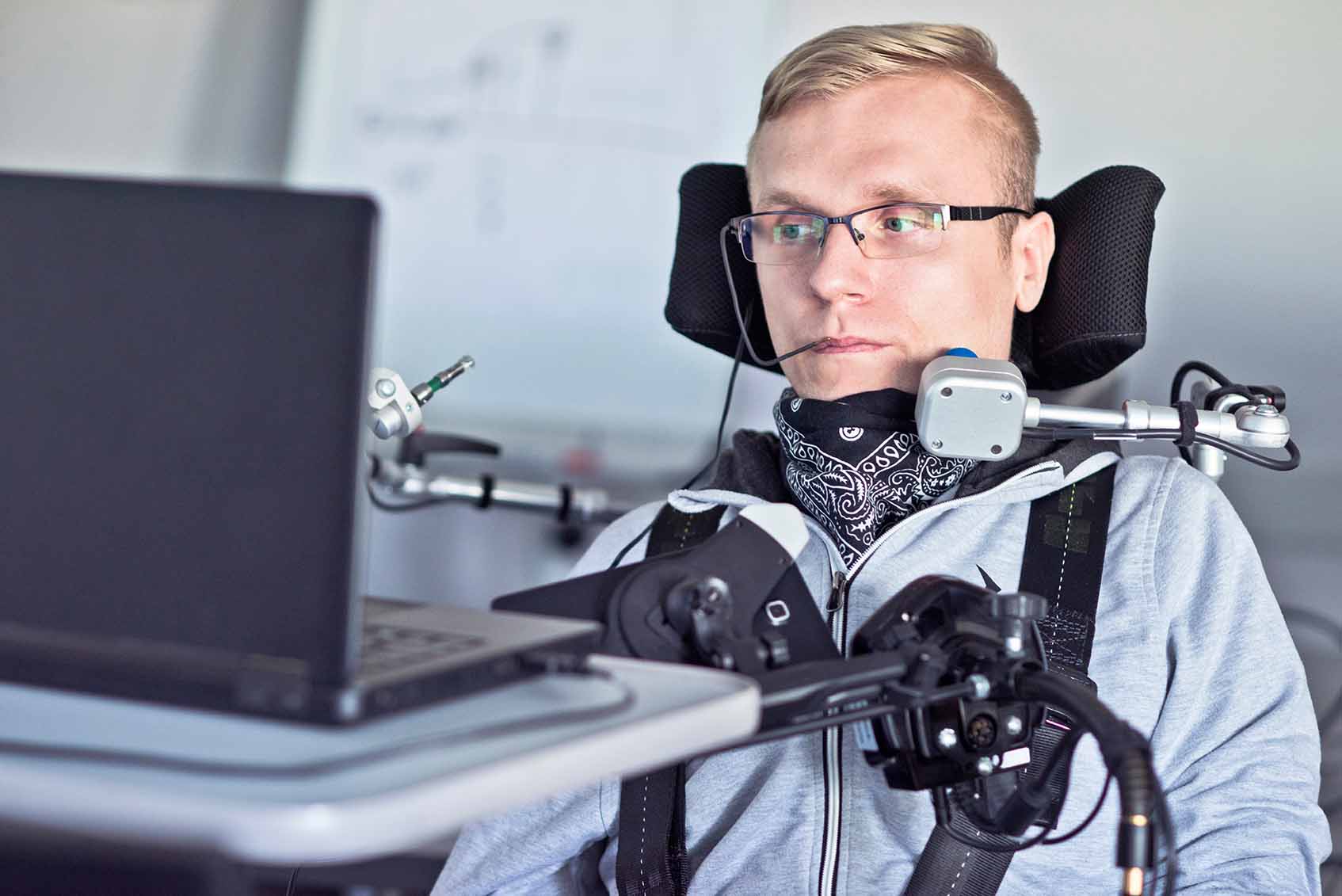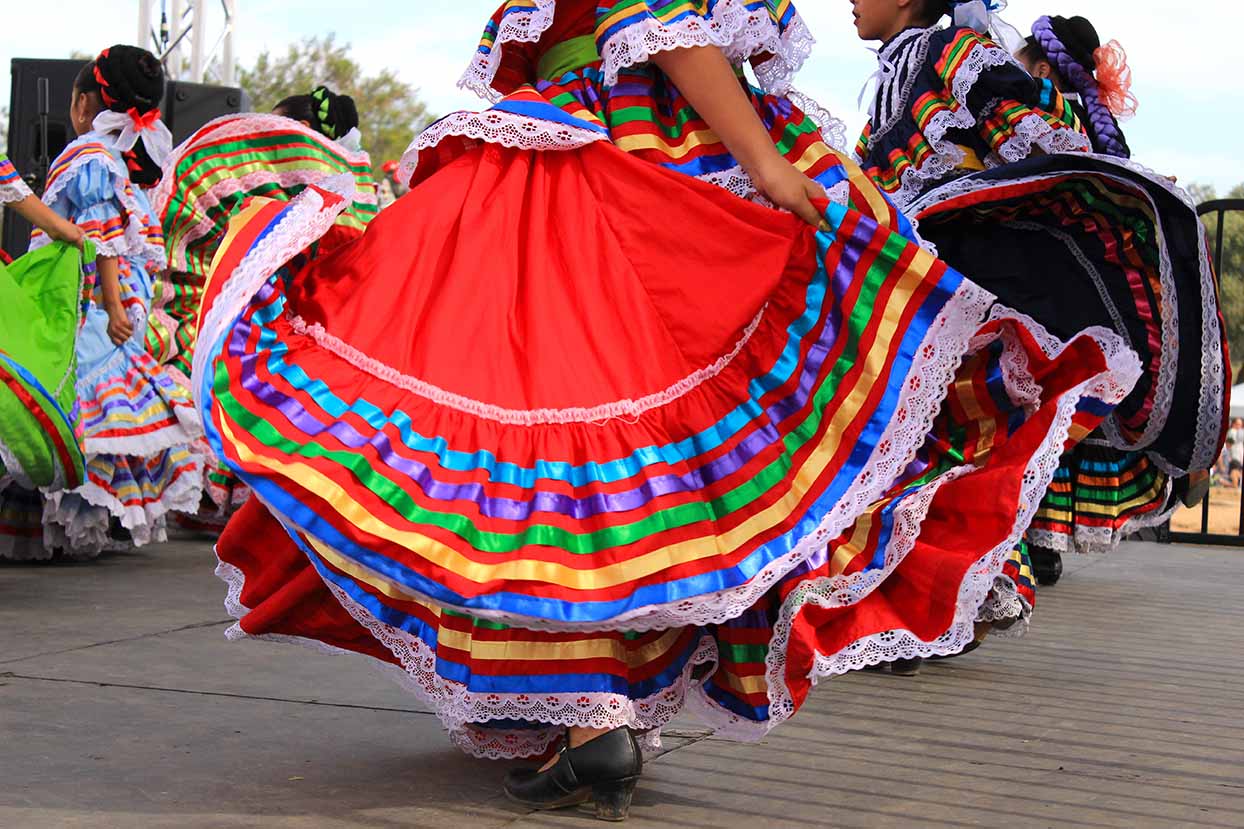












At the UNM Health Sciences Center, we honor and celebrate the vibrant cultures and experiences that surround us. From Native American Heritage Month, to LGBTQ+ Pride Month, we are committed to uplifting the diverse voices at our institution through monthly educational programming and social events.
If you would like to publicize any events, email us at hsc-diversity@salud.unm.edu and we will be sure to share it on our calendar, through email, and on our social media outlets! If the event is related to a specific Celebrations/Heritage month, you can also use our online form.
Kimberlé Crenshaw, current professor at UCLA School of Law and Columbia Law School , first used the term “intersectionality” to describe how individual characteristics such as race, ethnicity, gender, ability, sexual orientation, and class “intersect” with one another and overlap within all of us. Crenshaw describes that the fundamental truth of intersectionality is that individuals have their own identities that intersect in ways that impact how one is treated, viewed, and understood. Specific forms of treatment may be conferred to individuals who possess one identity alongside another, versus someone possessing that same identity with another identity.
For example, Crenshaw first publicly addressed her theory of intersectionality in her 1989 paper from the University of Chicago Legal Forum titled “Demarginalizing the Intersection of Race and Sex: A Black Feminist Critique of Antidiscrimination Doctrine, Feminist Theory and Antiracist Politics.”
In her paper, she recounts a Title VII case, DeGraffenreid v General Motors, where the court had to contend with Black women’s experiences in a discrimination case. Crenshaw explains that their claims of discrimination were being discounted due to the reality that race discrimination oftentimes solely centered Black men, and sex discrimination centered White women. There was no precedent for a Black female to be treated as a special class to be protected against discrimination. The theory of intersectionality aims to acknowledge that race and sex discrimination experiences can be combined and do not have to be analyzed separately in a court of law and in other circumstances where these identities matter. Therefore, she wants the term to be understood to make space to create a more equitable and egalitarian system.
Here at the HSC’s Office for Diversity, Equity & Inclusion, we understand that intersectionality can impact how various communities access education, healthcare, and other important resources. This also includes how communities may have varying experiences of treatment. It is everyone’s job to be vigilant in listening to marginalized identities’ stories, address different forms of oppression, and to understand that we all come with our own varying and similar experiences. Let’s work together to make our world more equitable for all here at the University of New Mexico and beyond.
To learn more about intersectionality, you can watch this TEDx talk by Kimberlé Crenshaw – The Urgency of Intersectionality
Inclusion means that each and every one of us feel respected, supported, welcomed, represented, and valued. Everyone has unique backgrounds, perspectives, and talents, and everyone is deserving of belonging. Additionally, excellence in a team setting cannot be achieved without the principles of inclusion present.
It’s important to recognize, acknowledge, and uplift the intersections of what make us who we are all year long. Know that you matter and you are valued. Every day, we celebrate your heritage, your perspectives, your personhood, and your contributions to our world at large.